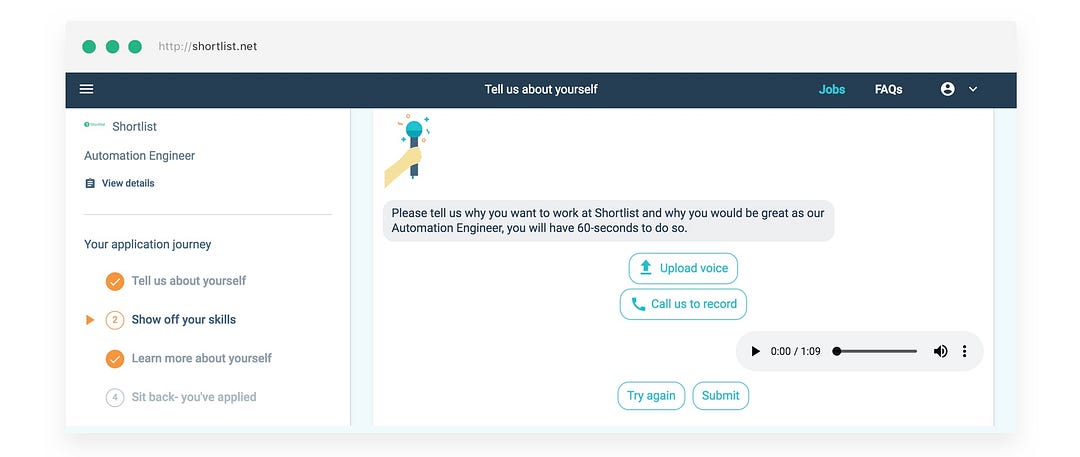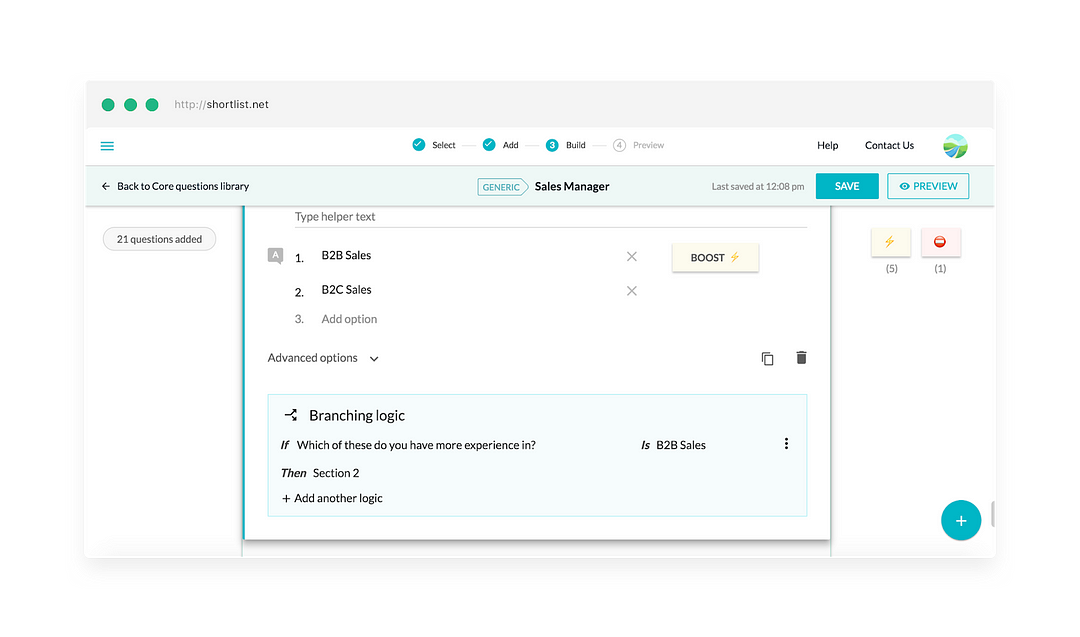During Shortlist’s October edition of 17@7, Doris Muigei, Head of Business Development and Partnerships at Shortlist East Africa spoke about how SMEs can attract top tier talent. In case you missed it, you can watch the full video here. As you will learn, one of the pivotal conversations was that of psychological contracts and psychological safety, which emerged as critical factors when considering retention of unicorns (read: your awesome, top tier employees).
So, what is a psychological contract? Simply put, it is an unwritten set of expectations, disparate from the official, codified employment contract. (Read More)
The psychological contract should not just exist as part of the recruitment process but should continuously be referred and adhered to. Perceived breaches can lead to mistrust, employee disengagement, reduced productivity, severed employer-employee relationships and ultimately, attrition. Consequently, the psychological contract is a key driver of whether top tier hires will stay and grow your business to the skies or dive back into the sea of organisations eager to hire them.
Companies ensure consideration for employees’ psychological contracts by creating a psychologically safe work environment. Psychological Safety, as described by renowned Harvard Business School Professor Amy Edmondson, is “a shared belief that the team is safe for interpersonal risk-taking.” (Read More) It is about “giving candid feedback, openly admitting mistakes and learning from each other,” Prof. Edmondson further explains. Psychological safety involves creating an environment of fairness and trust where each individual is welcome to voice their opinions freely, experiment without judgement and fail without being marked a failure. An environment where all employees feel accepted and respected.
How can you make your workplace psychologically safe?
Creating a psychologically safe work environment requires consistent care and effort. While it is the responsibility of everyone in the organisation to uphold team values and norms, leadership holds the most impact. Employees are aware of and take their cues from their leaders’ behaviour. It is therefore critical for leaders to act in a way that encourages accessibility, fallibility, accountability and trust.
In a psychologically safe environment, people actively share ideas, challenge systems, ask questions and tackle tough conversations head-on. Imagine that. Imagine the output when people have the brain space to think outside the box, rather than mull over the validity of their questions or project ideas. Imagine the growth when collaborative thinking is encouraged and teams are allowed to reach their full potential. Haven’t we all attended a brainstorm session where everyone simply nodded in agreement to everything the most senior person in the room said? An effective team should share ideas, strengthen plans, ask questions and support each other.
Psychological safety is the seed that nourishes curiosity, confidence, a speak-up culture and innovation.
A few years ago, Google embarked on a project – Project Aristotle – to unearth the key elements of effective teams. This involved a two-year study on what it takes to build high performing teams comprising over 200 interviews of 180+ active Google teams and administered by a team of psychologists, engineers and statisticians. Psychological safety, Google found, was the most important dynamic of the highest performing teams.
Practical tips on cultivating psychological safety
Each individual and each team is different, so you will need to dig a little deeper to discover what works for yours. That notwithstanding, here are some practical tips to nudge you along the way:
- Open up the feedback lines: Ask lots of questions during team meetings and one-on-ones to get you to understand how the team feels about inclusivity, the culture around failure and team dynamics. Open communication creates an expanse for honesty, clarity and healthy conflict, and ensures spirited movement towards shared goals. In meetings, active listening should be the order of the day – no phones, no emails, no latest music on Youtube – just intentional discussion between the people in the room. Two-way communication should not only be encouraged – it should be institutionalised.

- Share belonging cues: “Belonging cues are behaviours that encourage safe connection in groups,” Daniel Coyle explains in The Culture Code. As humans, we have a knack for reading cues. For us to thrive, it is essential that a sense of belonging is regularly refreshed and reinforced. This includes communicating with behaviour cues in mind: eye contact, turn sharing, attention and body language. Cues that communicate that you’re safe here, you can put in effort, you are a valuable part of this special group and we believe in you.
- Make sure that the learning never stops: A major part of learning and innovating is encouraging experimentation. If something goes wrong, take the time to understand why before abandoning ship and reaching to the next solution. Encourage curiosity by asking questions. For instance, when mistakes are made, place more emphasis on the resolution rather than the faux pas.
- Acknowledge your fallibility: admit to your faults. By admitting to your mistakes, you make it more comfortable for employees in the room to do the same. When you treat failure as a possible outcome, learning and fruitful discussion on working together to improve results is encouraged. Failure is an event, not a person; no employee, not even you as a leader, should feel like a failure because they failed at a task.
- Practice transparency: a common myth is that psychological safety is about being nice. The truth is, it’s about openness. It involves being real about the nature of work, engaging in generative dialogue and supporting each other’s growth. San Antonio Spurs coach, Gregg Popovich, embodies the spirit of psychological safety in the way he leads his team. “He’ll tell you the truth, with no bull**, and then he’ll love you to death,” assistant coach Chip Engelland says. Highly successful cultures may be energized and engaged but they’re not simply fun lighthearted places. They involve a mission to solve hard problems together which requires uncomfortable truth-telling and many moments of high candour feedback. With the right behaviour cues however, the team is strengthened.
- Define your values: bearing this in mind, it may be helpful to have a written set of norms that guide employee behaviour; a set of values that everyone can hold each other accountable to. At Shortlist, our values are not only prominent on our website but on one of our Kenya office walls too. Our values are regularly referenced in feedback conversations and team meetings as well as used as a guide for work practices, daily decisions and performance reviews. This encourages a sense of purpose, inclusion and fairness, all tied to something tangible, transparent and understood by the entire team.
In order to build a culture that embodies psychological safety, it is important to also recognise the different subcultures that exist in your company and constantly check in with your team to ensure that if changes are necessitated, course correction is done in a timely manner.
It takes time and deliberate effort. Keep going…you’ll have a more productive organisation as a result!
How do you create psychological safety in your organisation? Tweet us at @Shortlisthires and watch out for more resources on company culture during our ongoing culture code campaign that will run until February 2020! Looking to Hire in India? Let us help you
















































